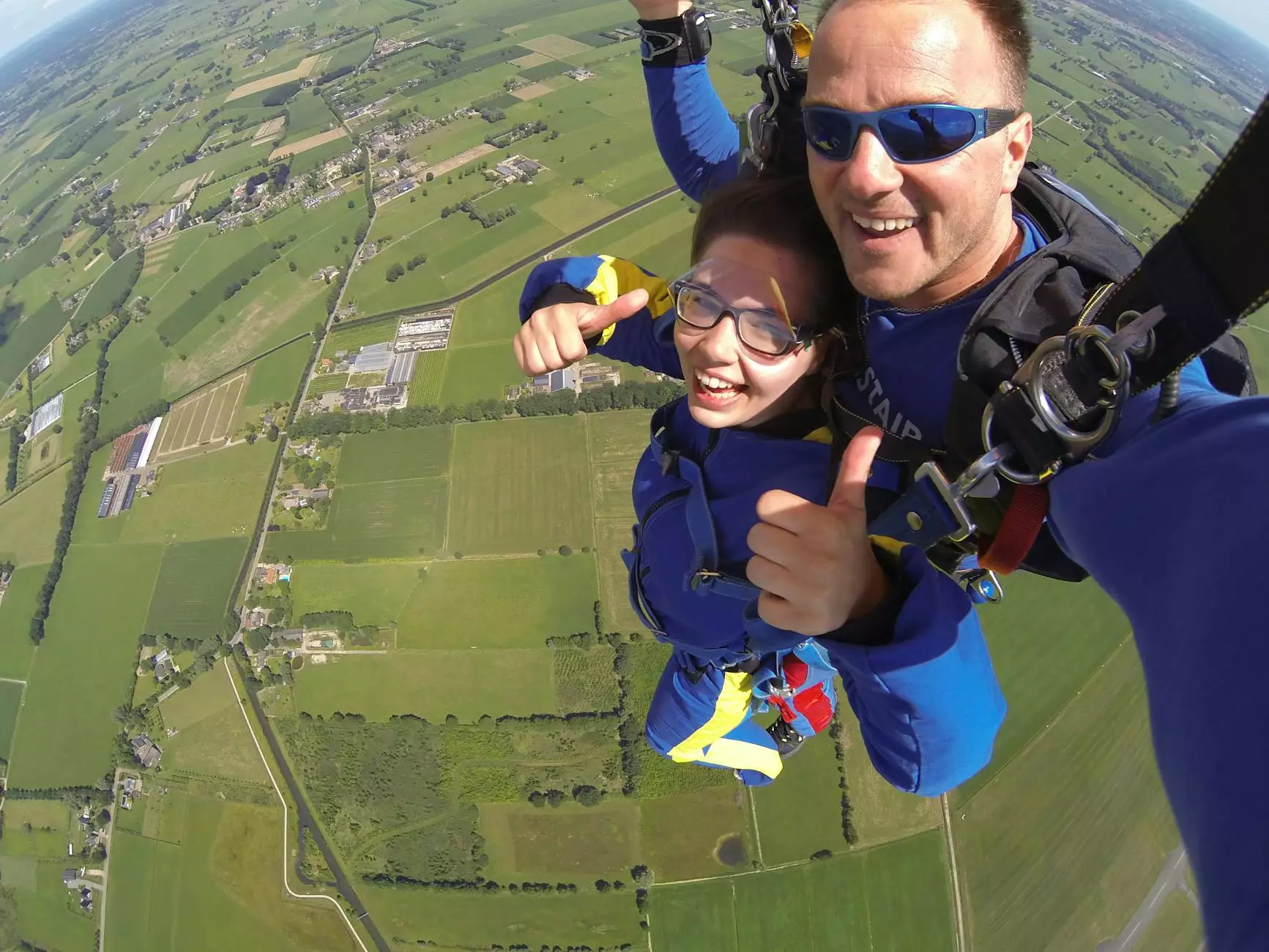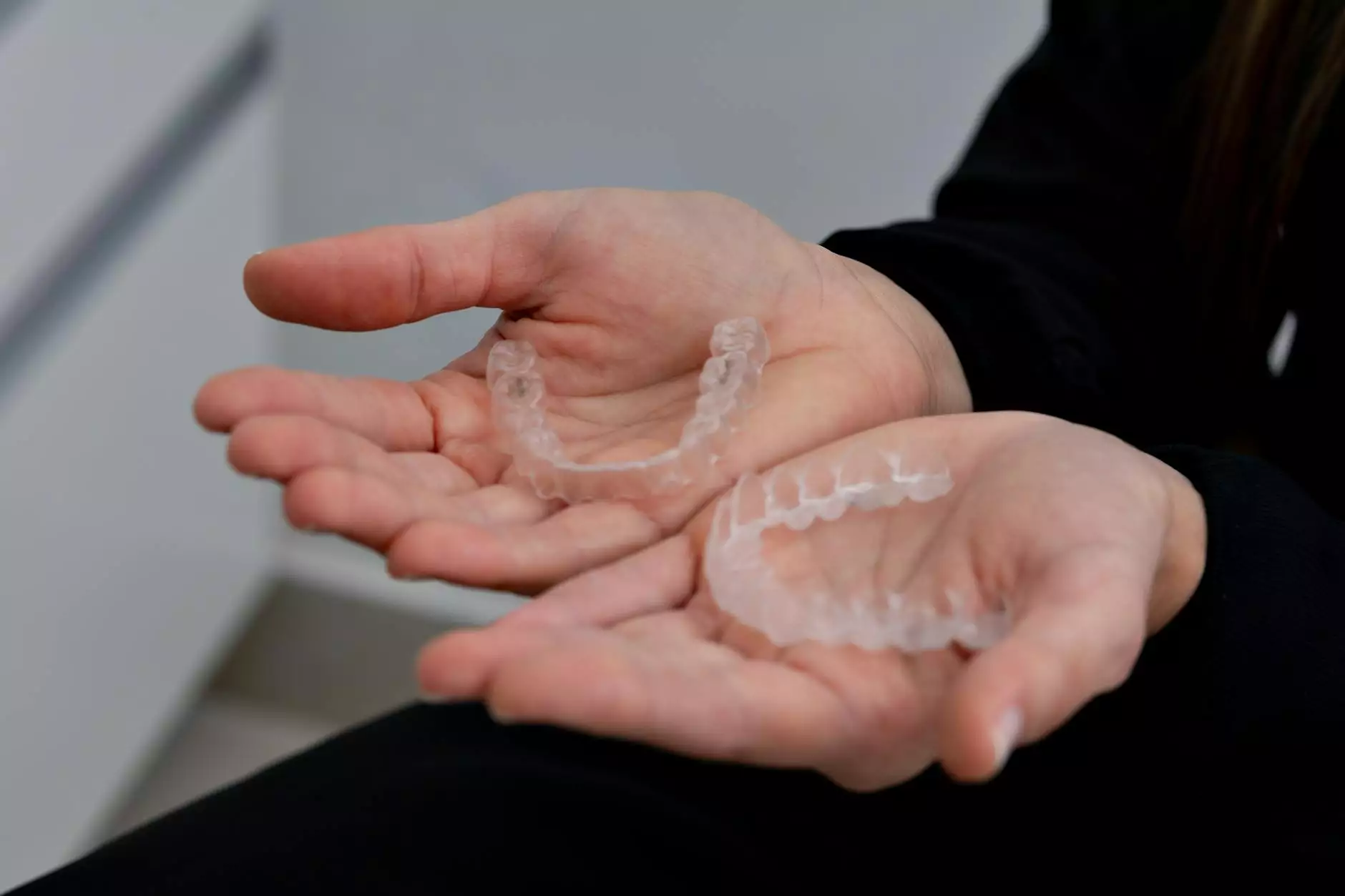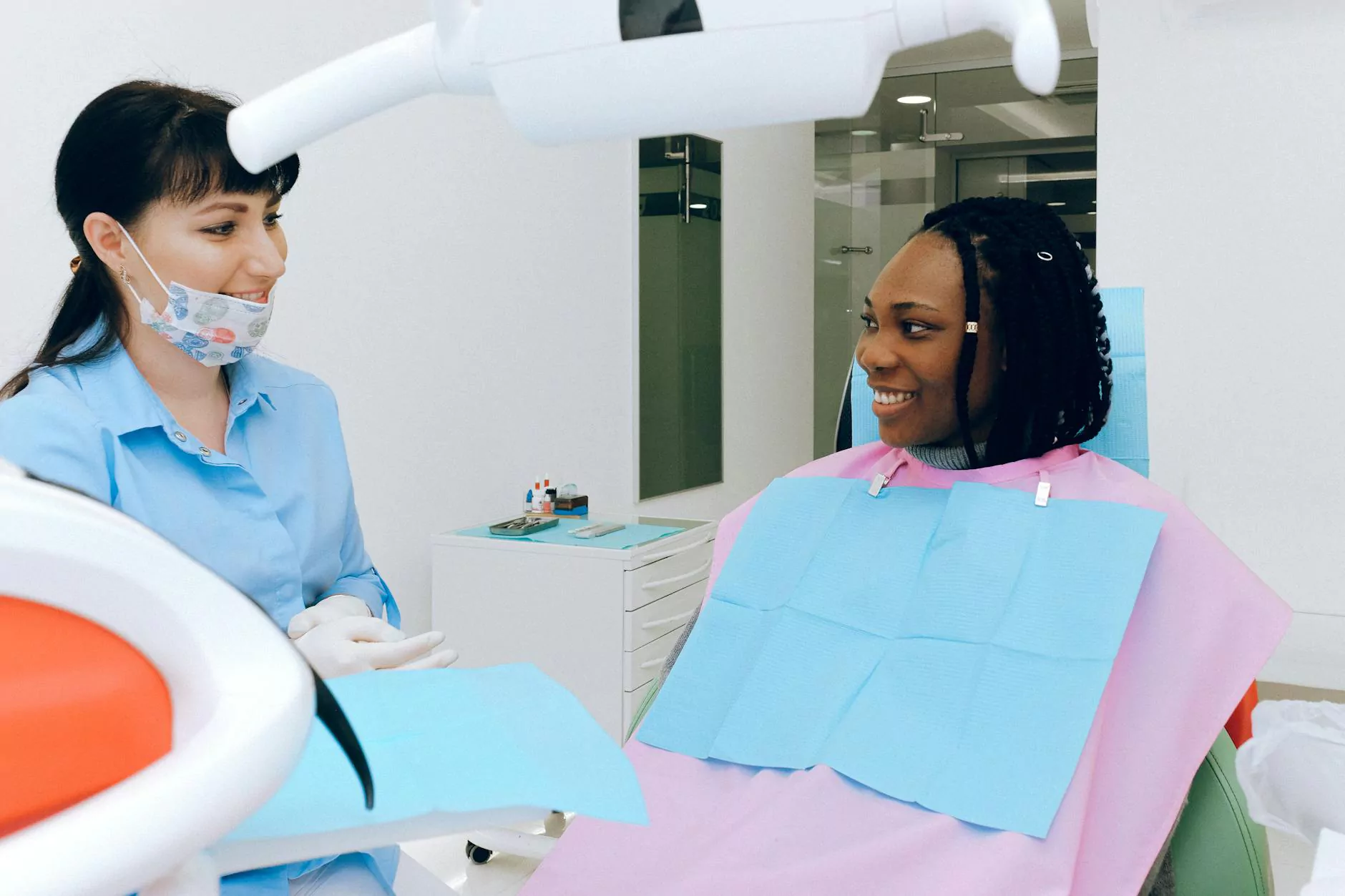Understanding Tenosynovitis and Tendonitis: A Comprehensive Guide

Tenosynovitis and tendonitis are two common musculoskeletal conditions that affect millions of individuals worldwide. Understanding these conditions can not only empower patients but also equip healthcare professionals with the necessary tools to aid recovery. This article delves into the intricacies of these conditions, their similarities, differences, symptoms, causes, and most importantly, the best practices for treatment and prevention.
What is Tenosynovitis?
Tenosynovitis is an inflammation of the synovial sheath, a protective covering that surrounds a tendon. The condition can affect any tendon in the body but is most prevalent in the hands, wrists, and feet. The swelling of the sheath can lead to pain, stiffness, and a reduced range of motion.
What is Tendonitis?
Tendonitis, on the other hand, refers to the inflammation of the tendon itself rather than the surrounding sheath. This condition often develops in areas subjected to repetitive strain, such as the elbow (tennis elbow), shoulder (rotator cuff tendinitis), and knee (patellar tendonitis). The primary experience of an individual suffering from tendonitis is significant pain, especially during movement.
Differences Between Tenosynovitis and Tendonitis
While the symptoms of tenosynovitis and tendonitis may overlap, several key differences help distinguish the two:
- Location of Inflammation: Tenosynovitis affects the synovial sheath, while tendonitis affects the tendon itself.
- Causative Factors: Tenosynovitis can result from infections, whereas tendonitis is often related to overuse or degeneration.
- Symptoms: Tenosynovitis can lead to swelling along the tendon sheath, whereas tendonitis typically presents as localized pain in the tendon.
Causes and Risk Factors
Causes of Tenosynovitis
Several factors contribute to the onset of tenosynovitis:
- Repetitive Use: Activities that require repetitive movements, such as typing or assembly line work, can irritate the tendon sheath.
- Infections: Bacterial infections can directly affect the synovial sheath, leading to tenosynovitis.
- Trauma: An injury to the tendon or surrounding area can trigger inflammation in the sheath.
Causes of Tendonitis
The common causes of tendonitis include:
- Repetitive Motion: Engaging in the same physical activity without proper rest can result in micro-tears in the tendon, leading to inflammation.
- Aging: Tendons become less flexible with age, making older adults more susceptible to injuries.
- Improper Technique: Poor biomechanics or technique during sports or physical activities can place excess strain on tendons.
Symptoms of Tenosynovitis and Tendonitis
Identifying the symptoms early on is crucial for a successful recovery. The common symptoms of both conditions include:
- Sharp or aching pain around the affected joint
- Swelling and tenderness
- Difficulty moving the affected area
- A sensation of grating or popping when moving the joint
Diagnosis of Tenosynovitis and Tendonitis
Diagnosing these conditions typically involves:
- Medical History: A healthcare provider will review the patient's medical history and symptoms.
- Physical Examination: An examination of the affected area to assess tenderness, swelling, and range of motion.
- Imaging Tests: X-rays, MRI, or ultrasound may be employed to visualize the extent of inflammation or injury.
Treatment Options for Tenosynovitis and Tendonitis
Conservative Treatments
Many cases of tenosynovitis and tendonitis can be treated effectively with conservative measures:
- Rest: Avoiding activities that aggravate the symptoms is fundamental.
- Icing: Applying ice packs to the inflamed area can reduce swelling and pain.
- Compression: Using elastic bandages to compress the area can help control swelling.
- Elevation: Keeping the affected area elevated can minimize swelling.
- Over-the-Counter Pain Relief: Non-steroidal anti-inflammatory drugs (NSAIDs) can alleviate pain and inflammation.
Physical Therapy
Physical therapy plays a crucial role in recovery. A skilled therapist can design a personalized rehabilitation program that includes:
- Stretching and strengthening exercises
- Manual therapies
- Ultrasound therapy and electrical stimulation
- Education on proper ergonomics
Advanced Treatment Options
For persistent cases that do not respond to conservative treatments, advanced options may include:
- Corticosteroid Injections: These can provide immediate relief from severe inflammation.
- Platelet-Rich Plasma (PRP) Therapy: A procedure where a patient's blood components are used to promote healing.
- Surgery: In severe cases, surgical intervention may be required to repair damage or remove inflamed tissue.
Preventing Tenosynovitis and Tendonitis
Prevention is key in managing the risk of developing tenosynovitis and tendonitis. Here are some strategies:
- Use Proper Techniques: Ensure you are using the correct form and technique in sports and workplace activities.
- Take Breaks: Incorporate regular breaks during repetitive activities to allow your tendons and muscles to rest.
- Warm-Up: Always warm up before engaging in sports or vigorous activities to prepare your muscles and tendons.
- Stay Hydrated: Adequate hydration is essential for maintaining tendon health.
- Strength Training: Regular strength training can help support and protect your joints and tendons.
Conclusion
In conclusion, understanding tenosynovitis and tendonitis is vital for effective management and recovery. By recognizing the symptoms, seeking timely medical advice, and adhering to a comprehensive treatment and prevention plan, individuals can significantly improve their quality of life. Whether it's through conservative management, physical therapy, or advanced medical interventions, the journey to recovery is achievable. Always consult with a healthcare professional for a tailored approach to your specific needs.
For more information on health, education, and chiropractic care, visit iaom-us.com.









